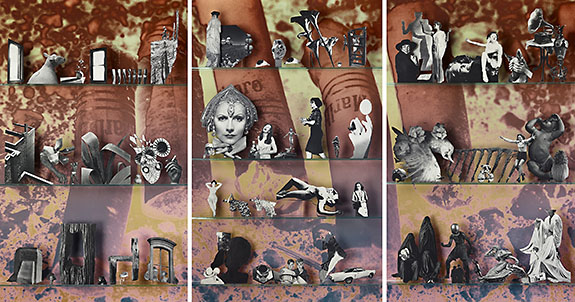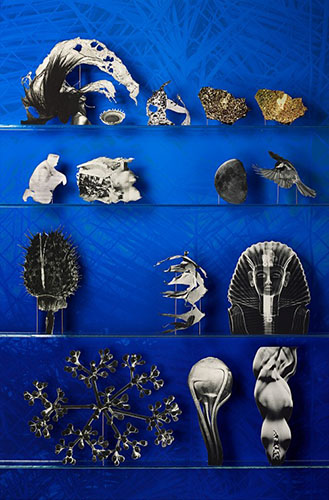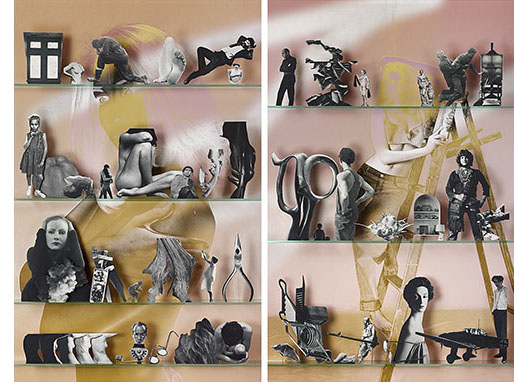 |
 |
as serial collages, Lipps ensures that no viewer walks away un-pierced. Many artists, and photographers in particular deal in compulsive collections, but Lipps’ presentations are more in line with Mark Dion’s cabinets. Both artists combine the stringent methodology of a historian, mining the recent past with the zeal of a fan. The final arrangements leverage the many valences between images, giving the impression of being at once sentimental and analytical, ironic and sincere.
 |
Irving Penn’s The Twelve Most Photographed Models of 1947. Lipps, an assistant professor at SF State, maintains he’d never attempt to do now what he did so earnestly as a student. Still, the pictures impart a definite sense of loss, the envy of an artist who’s learned well from the past and knows he can’t inhabit it.